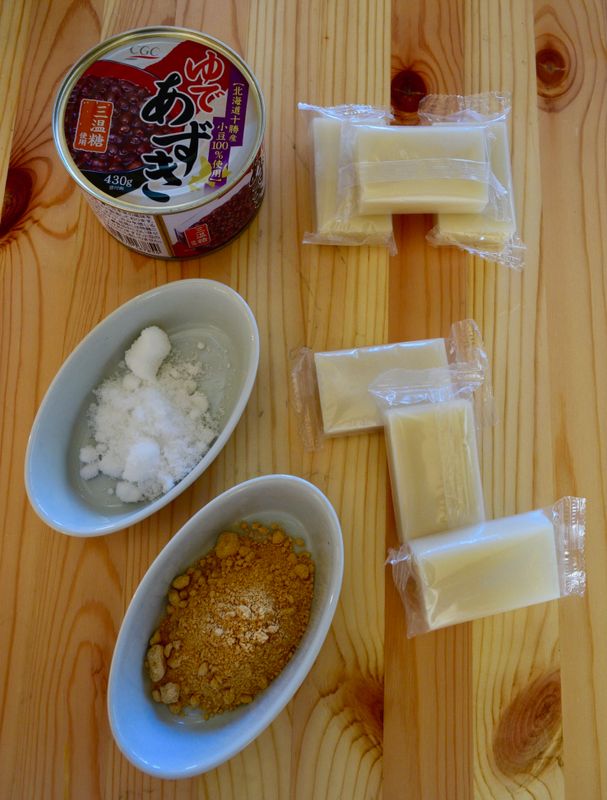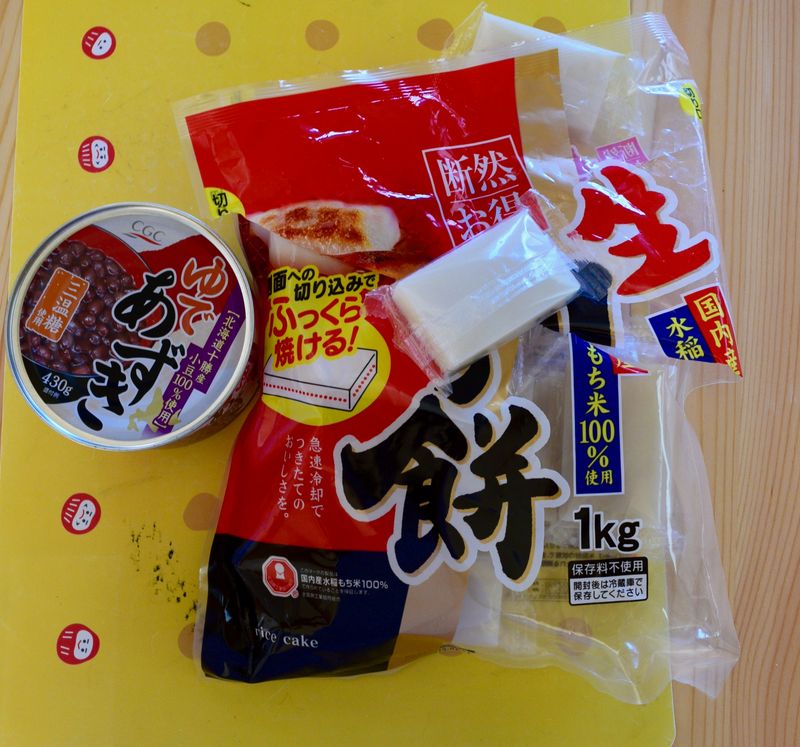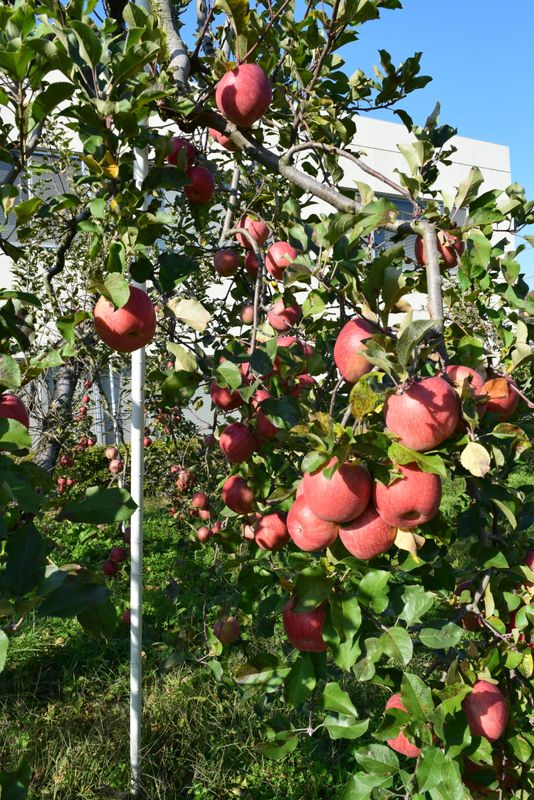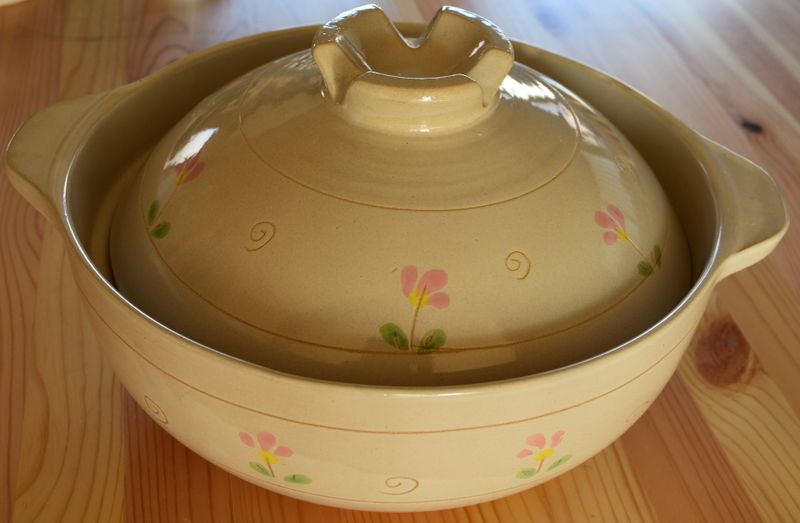Dec 14, 2017
Regional Eats: Japanese Mochi, Apples and Nabe
Type of mochi: kiri mochi - 切り餅 for rice cake
suito mochi - wetland rice
mochigome - glutinous rice 100% もち米
fukkura yakeru - fry 焼ける
Method 1:
- mochi 2-3 blocks
- mixture of soybean flour and sugar - 2 tbsp of each
- water 450ml

Cooking:
- Boil mochi (blocks of 2 or 3) in water in a pan. Check every 3 minutes. Once they are softened, take them out of pan.
- Dip them in the mixture of soybean flour and sugar. When you prepare the mix, you can use less sugar and more soy flour.

Method 2:
- mochi
- azuki bean paste (sweetened)
Cooking: Turn the stove on and set it on a low heat then place the mochi blocks in a pan. (Move the mochi right after 5 secs to make sure it does not stick to the pan.) Leave them covered and check to prevent stickiness as mochi tends to stick to the bottom of a pan. The mochi eventually become puffy and has a light tan on both sides. Check every 3 minutes. (Total heating time 5-6 mintues.)
Then heat the azuki beans in a pan for 2 minutes. Pour the bean paste over the mochi and it is ready to serve.
Apples
I live in a small town of Gunma prefecture and this town is know for its greenery. There are many apple orchards just outside the town that I can reach within 15 minutes. Also, right outside the train station, there is an orchard that will tempt you to eat apples without permission! We managed to take some photos. The Gunma region also has strawberry, grape and cherry farms.

Apples, we use them to make apple sauce, apple jam and apple juice. Anyone can make these and make the most use of it when you have terrible cold. Gunma's are delicious, and easy to purchase when in season.
Nabe Soup
Nabe soup consists of mushrooms, green onions, bird meat, fish, seafood, cabbages and carrots. Boil these ingredients and add a pinch of salt to taste. Sounds delicious, doesn't it? Nabe is good for winter in Japan because nabe soup is served hot. And don't worry about how much of your ingredients you throw into your pot. One thing to mention is that green onions and naganegi (green long onions) on udon soup, yakiniku, and nabe soup, make Japanese soup really fresh and delicious.

This is the nabe pot and is affordable to purchase from the grocery store.



0 Comments